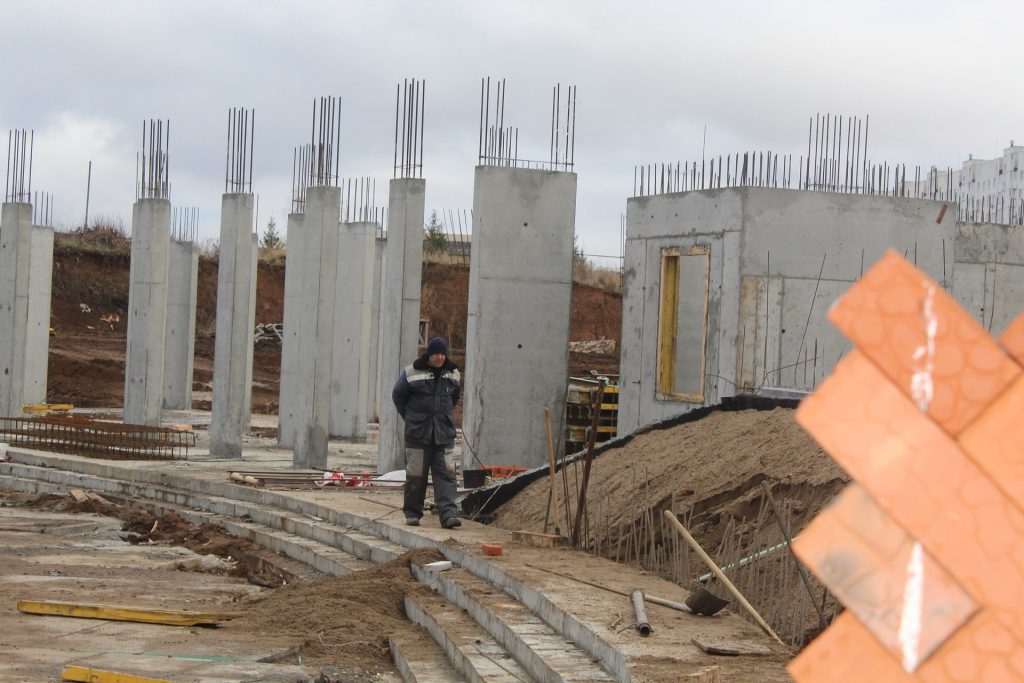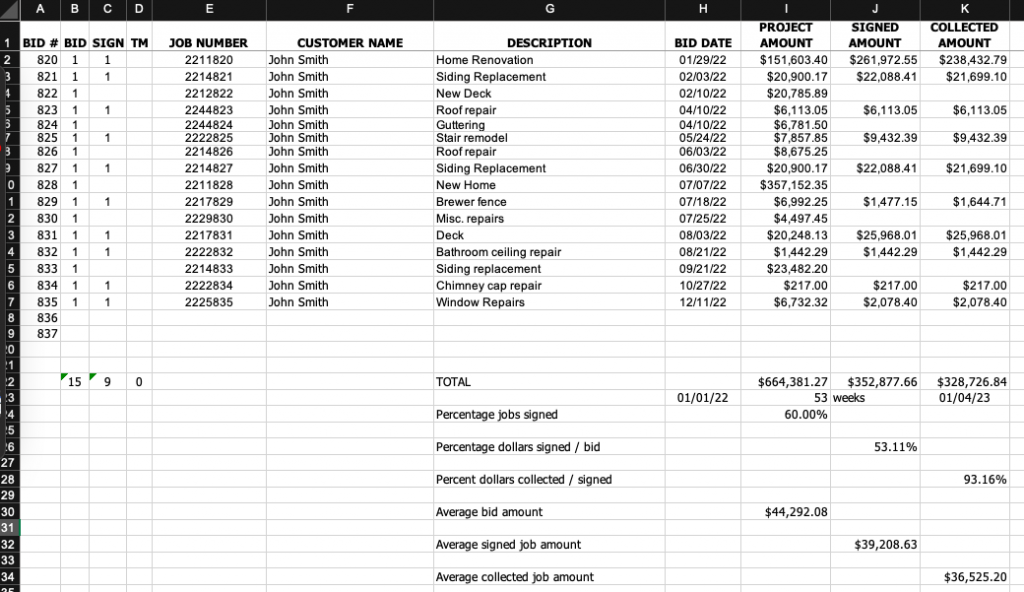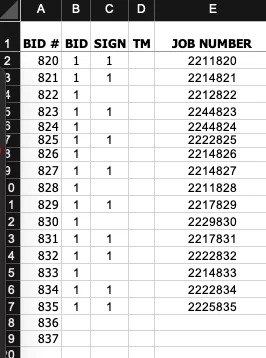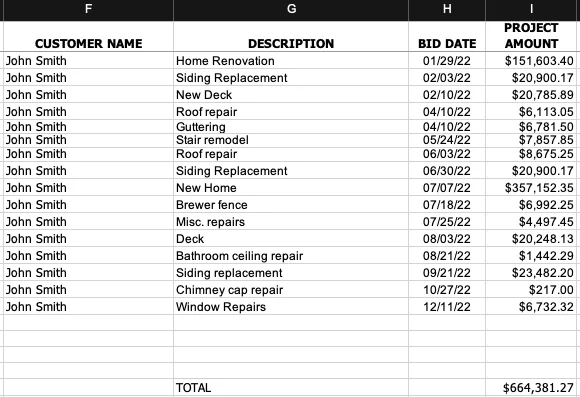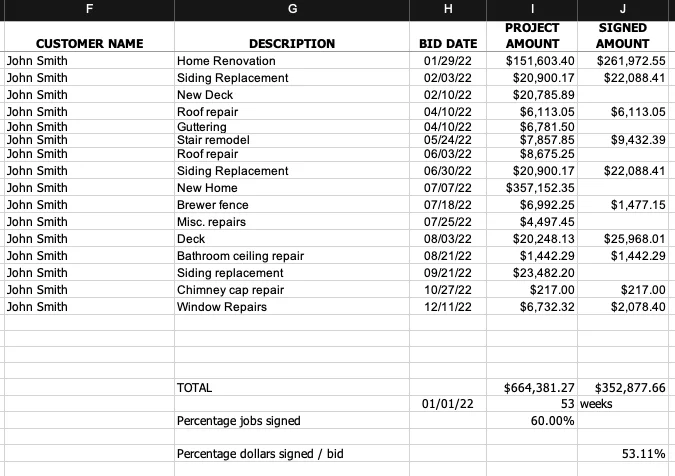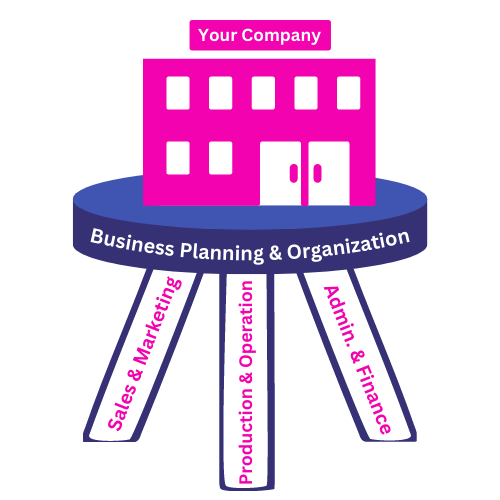Trust Me, It Doesn’t Take Any Magic
Last week we talked about what the Production Tracker is and what makes it an important tool to have in your business building toolbox. I also pointed out how most people operating construction companies hate paperwork, but how important paperwork is to build a successful business.
It’s amazing how people in construction will use all sorts of power tools and equipment but not paperwork.

We began breaking down the Production Tracker…a business building power tool, and how important it is to know what it can tell you…
- Which types of work were consistently the most profitable
- How you were doing at meeting your financial goals for the year
- When you should have the signed projects finished to stay on track
- How well you’re doing at getting proposals signed
- What the average price of your projects are
We began with how the Production Tracker can help with creating and recording project numbers, tracking proposed project amounts, and tracking dollars of signed proposals.
Now let’s look at how the Production Tracker can help us plan for the future.
When we look at the total proposed amount and the total signed amount, we can see where we are in relation to our financial goals for the year. (See the previous post for more details on this).
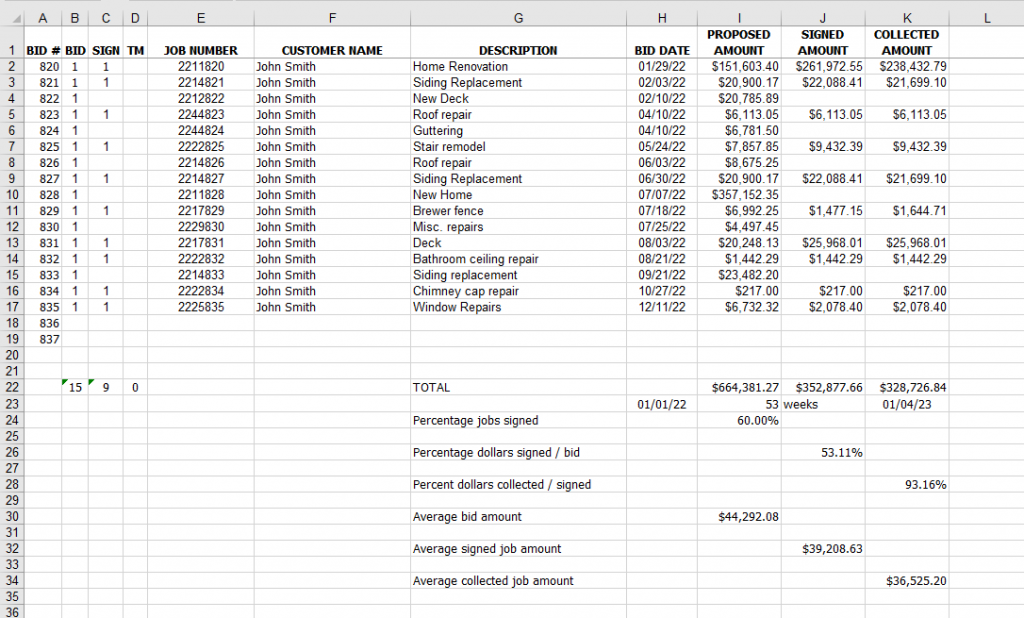
Next is…
Tracking dollars collected from projects – This collected amount (column K) is exactly what it says it is. It is where we weekly enter the amounts collected from each project. This total gives us a comparison to our signed amount (column J), and lets us see if our projects have increased or decreased after signing.
Percentage of jobs signed – This percentage, 60% (cell I24), is the percentage of proposals that have been signed. This is cell B22 (15) divided by cell C22 (9). This information lets us know how we’re doing with our pricing. If the number is below 15%, we’re not selling well. If our number gets too high, above 50%, we may not be charging enough.
Percentage of dollars signed per dollars bid – This percentage, 53.11% (cell J26), is the percentage of dollars proposed that were signed. Knowing this percentage helps us as we’re looking forward, knowing how we’re doing in relation to reaching our financial goal for the year. Based on the percentage of 53% (cell J-26), knowing that if our goal for the year is $400,000.00, we need to have done twice that many dollars of proposals.
Percentage of dollars collected per signed – Just like tracking the amount of dollars collected is pretty straight forward, this percentage of 93% (cell K-28), is the same. This simply lets us know if we’ve collected everything that was bid. If not, there may be some outstanding receivables, or we may have made changes during production that reduced our receivables. It’s also possible for this number to be more than 100% which means that there were changes made during production that increased our receivables.

There are still five more areas of information that the Production Tracker provides, but to keep this post from getting too long today, I’m going to stop here. I know that this feels like a lot but it’s not nearly as overwhelming as it seems.
Just like there’s a lot to constructing a building, the same is true for building a successful business.
The five remaining areas are –
- Average dollar amount of projects bid
- Average dollar amount of projects signed
- Average dollar amount of projects collected
- Projected timeframe for doing signed projects
- Projected date work should be done
Of these next five areas I think the last two are the most revealing to the future.

Now I will predict the future, and next week we’ll finish explaining the Production Tracker.
You can learn more about the Production Tracker by joining us for the Production Tracker Workshop at 10:30 AM CST on Saturday May 11th.
If you would like to know about some of the other business building tools we offer, take a peek in the Business Building Toolbox.


